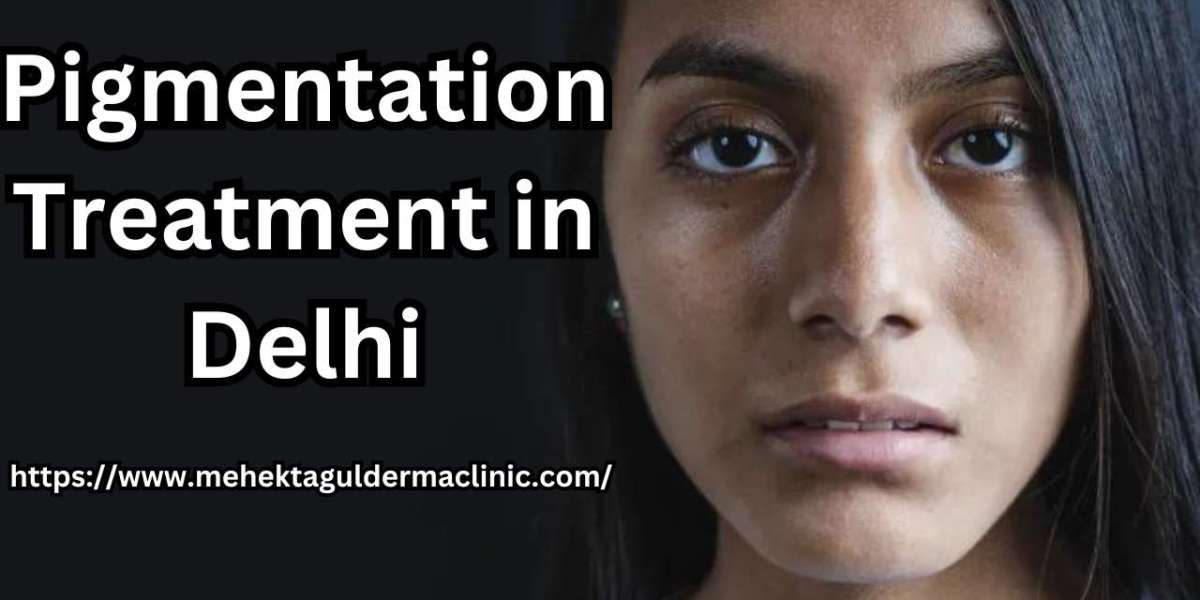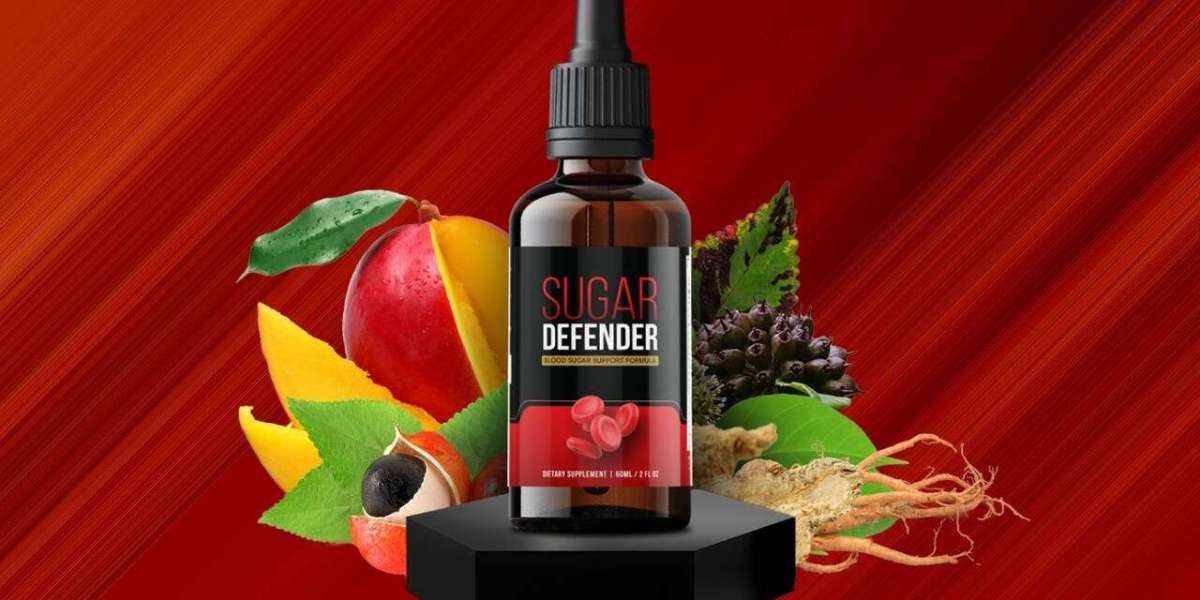Hyperpigmentation or dark spots usually appear around the cheeks, forehead, and nose and start occurring in most females during pregnancy or with increasing age. This skin darkening issue can affect one’s look and is often stubborn to remove.
Dark pigmentation removal with topical medication or cosmetics is difficult. However, chemical peels can give effective results while using them for skin concerns. Chemical peel is a peeling-based skin rejuvenation and dark pigmentation treatment. For various skin concerns, different types of chemical peels are used. The article will guide you in knowing the most suitable chemical peeling product for pigmentation and freckles removal.
Regarding this, insight into dark pigmentation treatment in Delhi has been taken from dermatologist and cosmetologist practising at Mehaktagul Dermaclinic. Based on the insights, this article will tell about the type of pigmentation and how chemical peels reduce the dark pigmentation. Hence, anyone looking for an effective pigmentation treatment through chemical peel can learn more from this guide.
All About Pigmentation- Types and Causes
Pigmentation can cause lighter to darker skin spots of different shapes. Some patches are dark pigmented spots that are stubborn to go and sometimes spread all over the face and other body parts. In case the skin lacks pigmentation in patches this condition is known as hypopigmentation vitiligo. Dark pigmented spots are classified into different categories based on size and appearance. These are as follows:
Freckles
These are tiny to small sizes of darker spots on the skin. Freckles, also known as liver spots and solar lentigines, can target the face, neck, head and upper chest area.
Melasma
This type of pigmentation spot usually has a brown and blue-grey colour. Melasma can have the shape of freckles or make large-sized patches on the skin.
Hyper-pigmentation
These darker spots are inflammatory and can make skin irritated.
What Cause of Dark Pigmentation?
Excessive exposure to sunlight usually causes a darker skin tone. In addition, some more reasons for pigmentation formation are as follows-
Heredity
Hormonal imbalance
Side-effect of pregnancy
Stress
Anxiety
Poor skincare
Eating unhealthy
Living in an excessive heating environment.
How does Pigmentation form?
Human skin cells have a composition called melanin. Melanin is vital in keeping the hair black and skin tone balanced. Due to age and other factors, including those mentioned above, releases of melanin are affected. Excessive melanin leads to darker skin tone, particularly around targeted areas. As a result, pigmentation occurs, which cannot be prevented by topical anti-mark cosmetics or skin-whitening home remedies.
Dark Pigmentation or Freckles Removal Treatment
Darker skin tone is reversible through advanced skin rejuvenation treatments. These treatments include peeling, laser toning and various other methods. But among all, a chemical peel is widely popular for effective results.
Chemical peel is a safe skin peeling method if performed by experts. A peeling removes the damaged skin and as a result, new skin comes with no pigmentation spots on it.
Type of Chemical Peel for Managing Pigmentation
For the different types of skin concerns, varied chemical peel composition is used. Some of the popular types are as follows:
Deep peels
Intensive chemical peels result in significant swelling and redness, accompanied by burning or throbbing sensations. Eyelid swelling leading to closure is a frequent occurrence. Deep chemical peels cannot be utilized on dark-skinned patients due to the danger of chronic hyperpigmentation.
Glycolic Acid
A glycolic acid peel is a gentle and effective chemical to treat hyperpigmentation. It is utilized to dissolve and facilitate the removal of dead skin cells. The outcome is a more even skin texture with visibly unclogged pores. Medium glycolic acid peel has small molecule size and facilitates skin penetration, enhancing exfoliation.
Epidermal peels
Superficial peels focus on the outermost layer of the skin, known as the stratum corneum or epidermis. Superficial peels utilize glycolic acid, salicylic acid, and Jessner solution and are easily tolerated, often called the 'lunchtime' peel. They also help remove small skin lesions. It typically takes a week or longer to heal.
Lactic peel
Individuals with sensitive skin may experience irritation with some peels listed. A lactic peel from milk gently treats sensitive skin to reduce minor scars and discolouration. Resembling Lactic acid peels, this is a milder form of alpha hydroxy acid peel.
Trichloroacetic acid peel
A trichloroacetic (TCA) peel is a potent chemical to address hyperpigmentation. The process involves using a solution that contains trichloroacetic acid to eliminate the outer layer of the skin. TCA peel is not suitable for individuals with sensitive skin. These peels help rejuvenate the skin at various levels, from superficial to deep. It is also excellent for dark skin patches removal.
Charcoal Mask
Black Peel is an organic peel made from black vinegar. It is utilized for skin resurfacing, cell regeneration, and as an antioxidant. The carbolic acid peel, also called phenol and croton oil peel, exfoliates dead skin cells and aids in repairing UV damage.
Light exfoliates
Light peels are typically efficient, have fewer side effects than deeper peels, and involve less downtime. A light peel can be the optimal choice for achieving a smoother and more even skin texture. The recovery period typically ranges from four to seven days. Your skin may experience temporary changes in pigmentation, resulting in skin lightening.
Depending upon the pigmentation removal method used, treatment cost will vary. For Pigmentation Treatment Cost in Delhi, visiting a dermatologist is advised.
Summary
These dark pigmented spots can occur due to hormonal imbalance, excessive exposure or heredity. Brown to grey and coloured pigmentation spots like freckles are reversible through a chemical peel. But getting the expected glowing skin and freedom from melasma/ pigmentation consideration of the skin doctor is essential.
The doctor will help you choose the right chemical peel type for your pigmentation and skin concerns. To find a skilled and experienced skin doctor, you can visit MehakTagul Derma Clinic. You can get consultation with Dr. Sandeep Arora and Dr. Gulhima Arora who practises at this best skin clinic in Delhi. They are highly skilled doctors who use cutting-edge techniques for skin rejuvenation.







